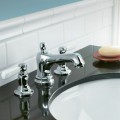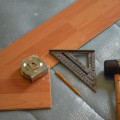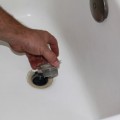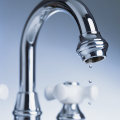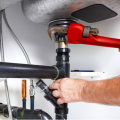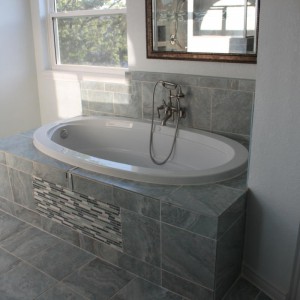
It’s never a good idea to ignore a bathroom faucet leak. The sooner you tackle it, the easier it’ll be to repair and replacement and the less damage will be done. Even everyone if you don’t know have a faucet washer, take a look inside the tap. If the washer is only slightly damaged on one face, you can reinsert it the other way up. But even if that stops the leakage, remember to replace it with a new washer and bathroom tap as soon as possible.
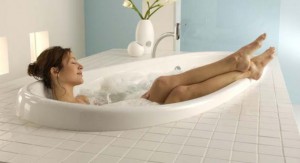
Choosing the right bathtub
When you buy new bathtub, check they’re the right type for your system. If you fit high-quality bathtub and they are given on an uncomfortable support, gravity-fed hot water system, it could cause poor water flow, and not capture to water especially in a bath
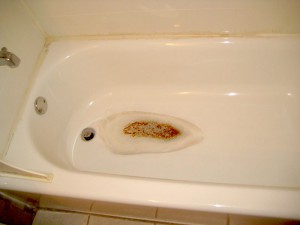
When Bathtub faucet is leakage or damage
If your bathtub faucet keeps on leakage even with a new bathtub, the valve seating has probably eroded. You can repair this with a special grinding tool or (much more easily) with a tap and bathtub. The fibrous seat fits into the existing marble one, and a washer-and-jumper unit fits on the headgear. The sooner you replace a washer tap, the less likely the bathtub is to get damaged.
Take your old parts to a hardware store or home center. Since there are thousands of replacement parts available, bringing your old parts with you will ensure you purchase the correct replacements. In some cases, the parts may need to be purchased from a plumbing supplies distributor.
- Not all bathtub are made in the same way, so you’ll need to work out how the handle comes off. In the type shown, you undo the retaining screw and pull the handle off. This reveals the headgear nut.
- Don’t turn the selection of something as personal as a bathtub over to someone else.
- Consider quality first and price second.
- First determine the exact dimensions of the space where the tub will be placed and then consider the types of installations that could fit into that area
- Investigate the advantages and disadvantages of commonly used bathtub materials to determine which will work best for you
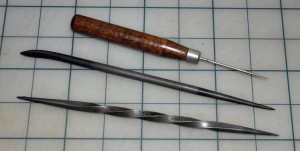
Gather need to must some Retain proper tools–
Hammer, Screwdriver, Tape measure, Carpenter’s square, Pry bar, Circular saw, Dimensional lumber, boards, Plywood, Bolts or screws (optional),Construction adhesive, 16d nails, Leather gloves, Eye protection, Dust mask, monkey wrench, bath socket wrench or vice grip pliers, a Philips screwdriver, a flat-head screwdriver, a jar gripper, plumber’s grease, a rag, Teflon tape and possibly tub caulk
- Turn off the water to the faucet, then open the faucet to relieve the water pressure.
- Loosen the screw holding the faucet handle, and remove the handle.
- Take off the escutcheon plate around the faucet by removing the screws holding it in place.
- Loosen the bonnet nut holding the faucet stem in the housing.
- Use a pair of pliers to grasp the protruding tip of the valve stem, and pull it straight out of the faucet housing.
- Remove the O-ring on the outside of the valve stem.
- Apply a small amount of silicone grease to the new O-ring, and slide it on the valve stem.
- To secure the seat further, wrap a piece of Teflon tape around the threads in the seat before reinstalling it into the pipe. Make sure there is an open hole for the water to go through.
- Although repairing the faucet yourself will save you money compared to hiring a plumber, it can also cost you more if something breaks further. Don’t hesitate to contact a plumber if something seems wrong.
- I like to open and close the water main a few times to blow out any dirt or debris that might be in the line before reassembling the faucet.
- Reassemble the faucet by sliding the valve stem back in the faucet house and tightening the bonnet nut.
- Reattach the escutcheon plate and handle, and you’re good to go!
Do ping over our toll-free no. 1800-2700-878 or visit us at ezhomeservices.in. And apply all of the above steps to get best plumbing services for tap leakage. Keep reading our blog for more interesting and useful tips.

